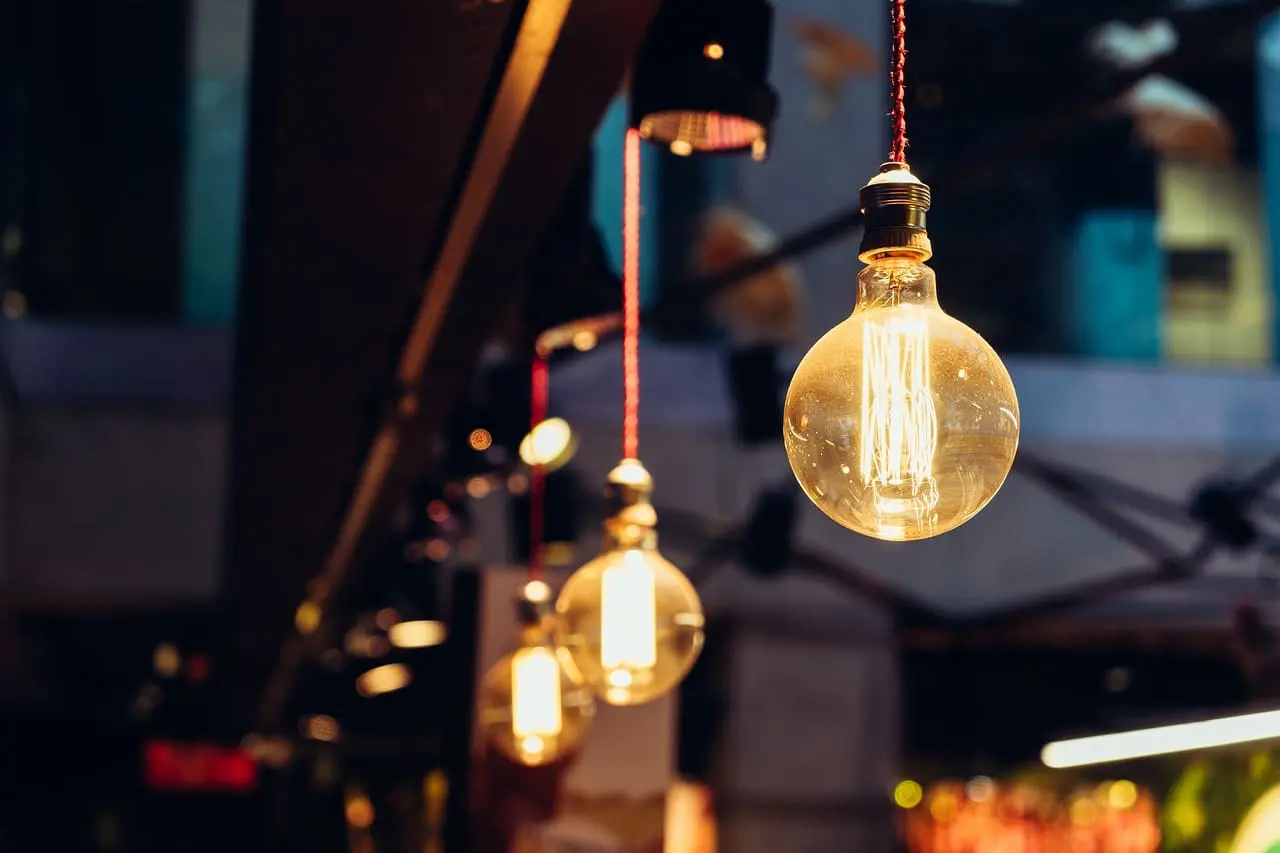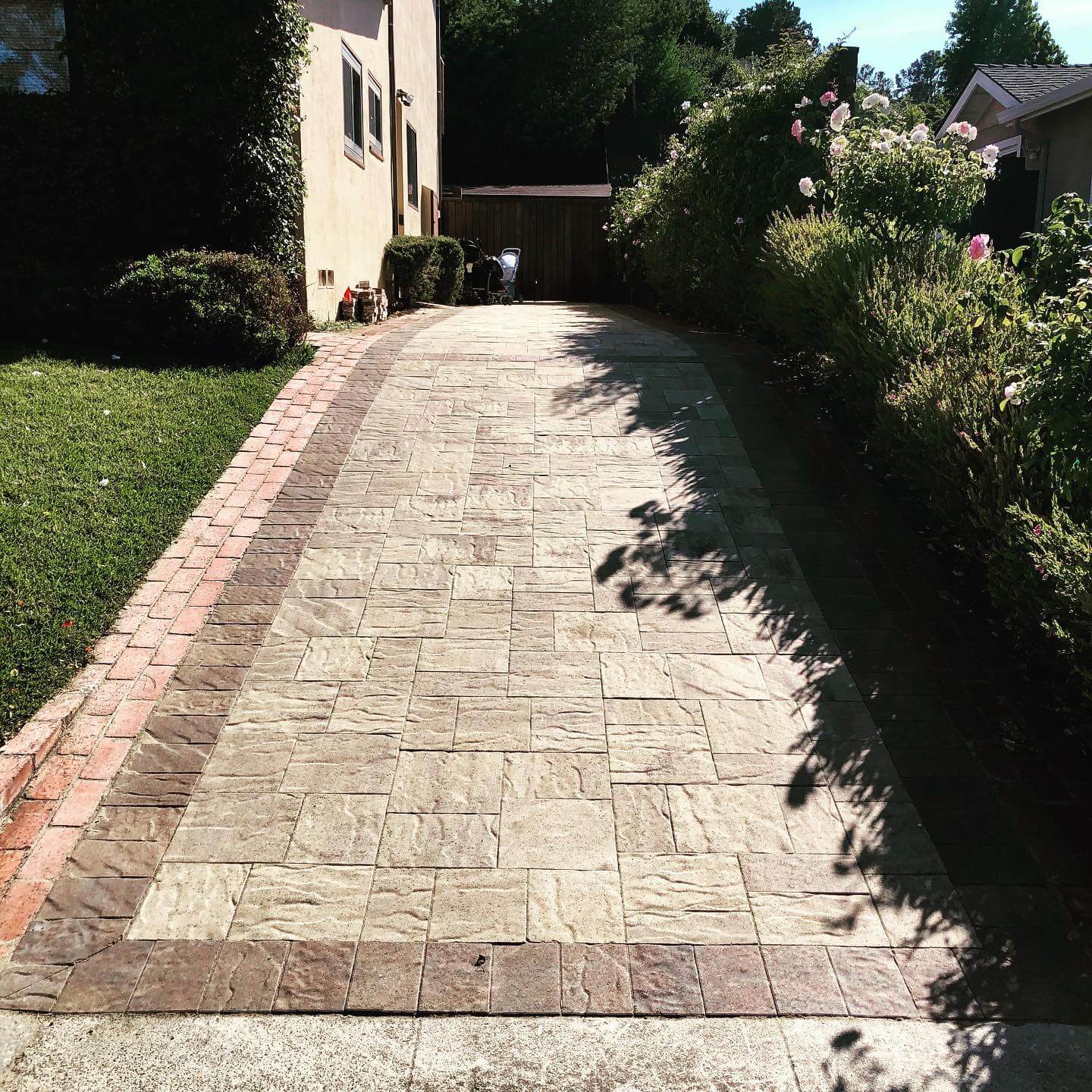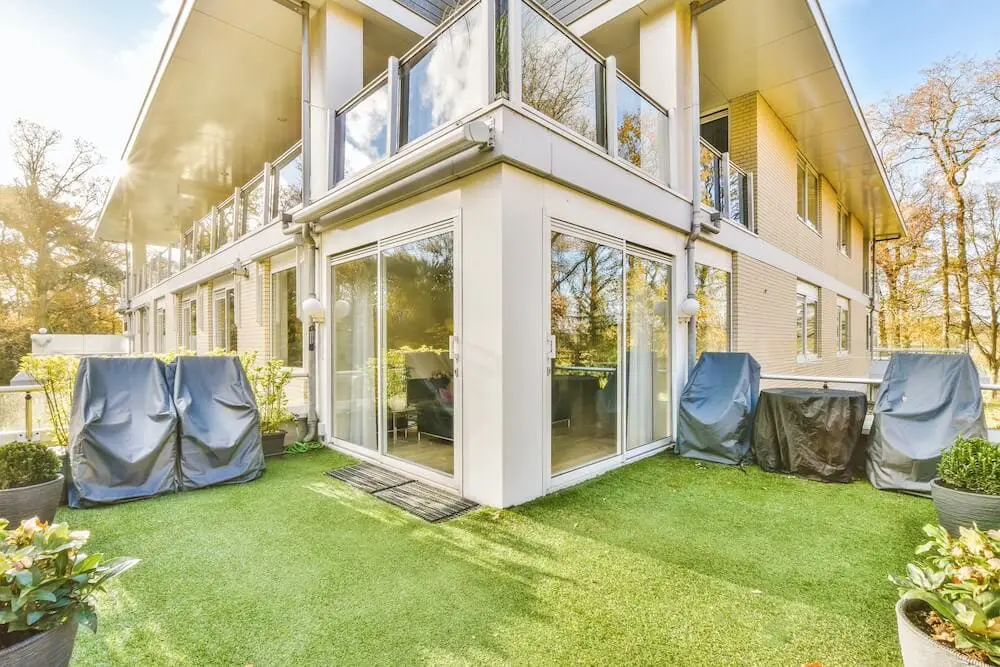
Outdoor Lighting Ideas: Illuminate Your Custom Landscape Design
Outdoor lighting is a crucial aspect of custom landscape design, serving to enhance the aesthetic appeal, functionality, and safety of your outdoor living spaces. With the proper lighting design, you can transform your custom landscape into a captivating and inviting haven that can be enjoyed during the day and night. Integrating a combination of lighting techniques and fixtures will not only highlight the unique features of your property but will also create a tranquil ambiance that extends the usability of your outdoor space.
Are you eager to enhance your custom landscape design with enchanting outdoor lighting that offers increased visual appeal, ambiance, and safety? Follow along as we delve into the world of outdoor illumination, discussing the various types and techniques of outdoor lighting to create a magical, expertly designed nighttime oasis for your family and friends to enjoy.
1. Types of Outdoor Lighting: Illuminate Your Space with Purpose
To create a well-rounded custom landscape lighting design, it’s essential to familiarize yourself with the various types of outdoor lighting available. Each type serves a distinct purpose, amplifying the beauty, functionality, and safety of your landscape.
- Ambient Lighting: Soft, even light that provides general illumination for your outdoor living spaces, such as patios and seating areas.
- Task Lighting: Focused and functional lighting for specific purposes, such as illuminating walkways, steps, grilling stations, and outdoor kitchens.
- Accent Lighting: Directional, concentrated light used to emphasize specific architectural features, plants, or outdoor artwork.
- Security Lighting: Bright, motion-activated lights strategically placed to deter intruders and provide greater visibility in potentially hazardous areas.
2. Lighting Techniques: Enhance Aesthetic Appeal and Visibility
By mastering various technique types and implementing them artfully, you can accentuate property features, create visual interest, and boost overall safety.
- Up-Lighting: Create a dramatic effect by utilizing fixtures placed at ground level, shining light upward to illuminate trees, structures, or statues.
- Down-Lighting: Mimic natural moonlight by positioning lights above an object and casting light downwards, great for areas like patios and pathways.
- Silhouetting: Place lights behind an object to create a dark outline or silhouette against a brighter background, perfect for highlighting unique plants or sculptures.
- Grazing: Illuminate textured surfaces, such as stone walls or tree bark, by positioning the light source close to the surface and casting light either upward or downward.
- Shadowing: Cast captivating shadows on walls or other flat surfaces by positioning lights in front of an object with a visually interesting shape or texture.
3. Selecting the Right Fixtures: Quality and Cohesion
Choosing high-quality, weather-resistant fixtures that complement your landscape’s style is crucial in achieving a visually cohesive and durable lighting design.
- Path Lights: Illuminate walkways and garden beds with pathway lights to enhance safety and visual appeal.
- Step Lights: Increase visibility on stairs and steps with built-in or mounted step lights to reduce potential tripping hazards.
- Wall Lights: Install wall-mounted lights to provide general illumination or highlight specific elements on exterior walls.
- Post Lights: Enhance safety and aesthetics by placing post lights near driveways, entrances, or property boundaries.
- Spotlights and Floodlights: Utilize spotlights and floodlights to emphasize unique architectural features or focal points in your landscape.
- Bistro and String Lights: Create a festive atmosphere by suspending bistro or string lights above patios, decks, or other outdoor gathering areas.
4. Tips for Energy-Efficient and Smart Lighting
Incorporating energy-efficient and smart lighting solutions can significantly reduce energy consumption, maintenance costs, and environmental impact.
- LED Lights: Opt for energy-efficient LED lights that consume less electricity and last significantly longer than traditional incandescent bulbs.
- Solar-Powered Lights: Harness the power of sunlight by installing solar-powered fixtures, eliminating the need for electrical wiring and reducing energy usage.
- Timers and Controls: Use programmable timers, dimmer switches, and photosensors to regulate lighting schedules and levels, conserving energy and increasing flexibility.
- Smart Home Integration: Integrate your outdoor lighting with smart home systems for remote control, customization, and optimization – all from the convenience of your smartphone or smart device.
5. Seasonal Lighting: Adapting Your Design Throughout the Year
Outdoor lighting can also play a key role in creating a dynamic atmosphere throughout the changing seasons. By adjusting your lighting design to accommodate different weather conditions, holidays, and seasonal events, you can keep your outdoor space feeling fresh and inviting year-round.
- Winter Lighting: Use warm, inviting tones to brighten up your space during the colder months, especially when the days are shorter. Positioning lights along pathways and around outdoor seating areas can make your landscape feel cozier during winter gatherings.
- Spring and Summer Lighting: Opt for brighter, cooler tones in spring and summer to reflect the vibrancy of blooming flowers and lush greenery. Enhance social areas with soft, ambient lighting to create a welcoming setting for evening barbecues and outdoor parties.
- Holiday Lighting: Integrate festive lighting designs for holidays and special occasions. String lights, lanterns, and other decorative fixtures can add a touch of holiday magic to your outdoor space.
6. Maintenance and Care: Ensuring Longevity and Performance
Regular maintenance is essential to keeping your outdoor lighting system functioning at its best. Proper care not only extends the life of your fixtures but also ensures that your landscape remains well-lit and visually appealing.
- Clean Fixtures: Periodically clean your outdoor light fixtures to remove dirt, debris, and water spots that can dull their brightness and reduce their effectiveness.
- Replace Bulbs: Check for burned-out bulbs and replace them promptly to maintain consistent illumination across your landscape.
- Inspect Wiring: Ensure that electrical connections are secure and free from damage. If you use solar-powered lights, inspect solar panels for any obstructions that may block sunlight.
By following these tips, your outdoor lighting system will continue to provide beauty, safety, and enjoyment for years to come.
Conclusion
Expertly crafted outdoor lighting design adds an element of enchantment to your custom landscape, elevating its beauty, functionality, and safety. By embracing various lighting types, techniques, and energy-efficient solutions, you can transform your property into a mesmerizing nighttime oasis that is a joy to experience and behold.
With the guidance, expertise, and artistic touch of Keystone Yards, a premier outdoor remodeling contractor in Napa, Sonoma, and Marin County, let us help you navigate the world of outdoor illumination. Together, we will create an illuminated masterpiece that showcases your unique custom landscape design and provides a magical, inviting atmosphere for all to enjoy.





